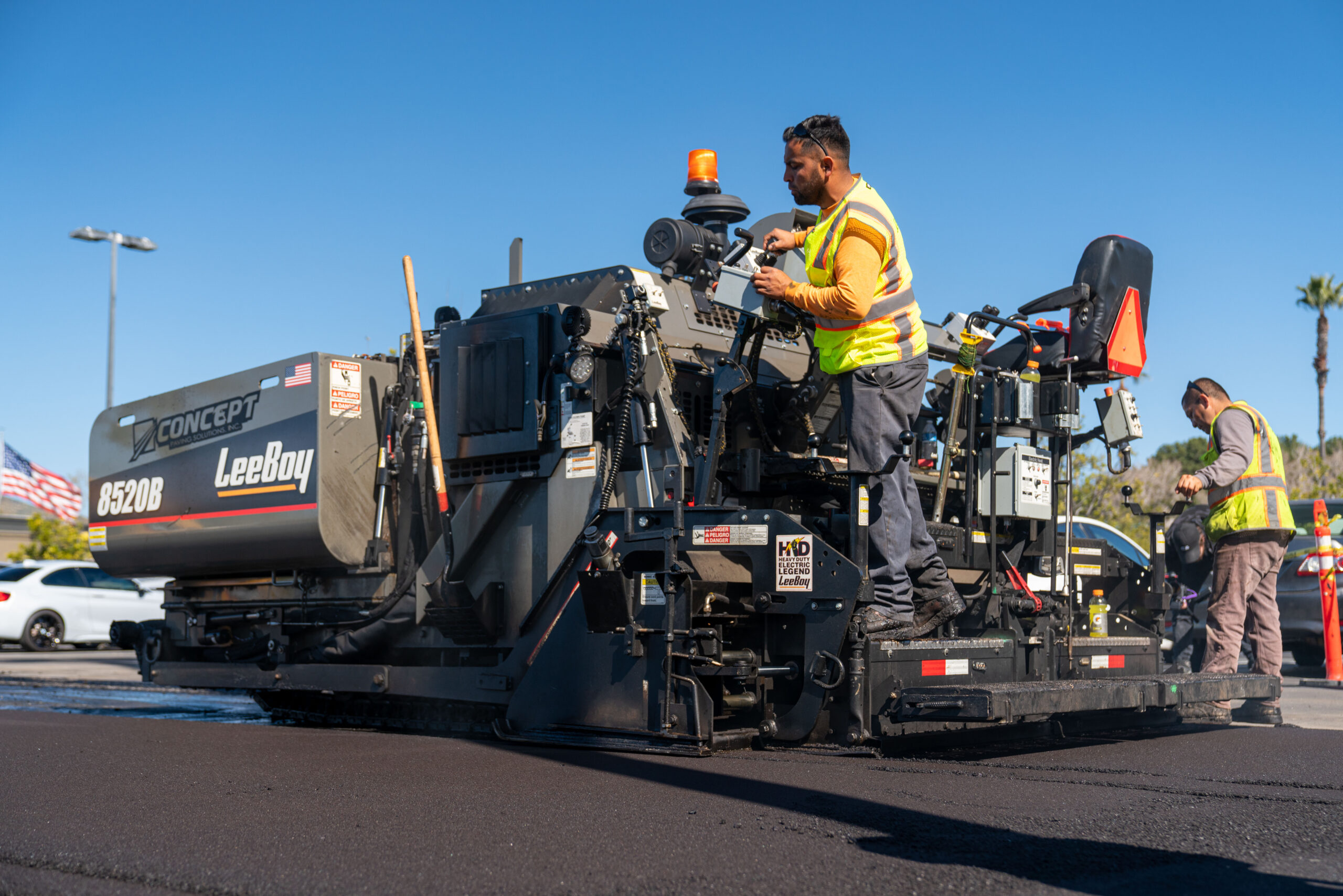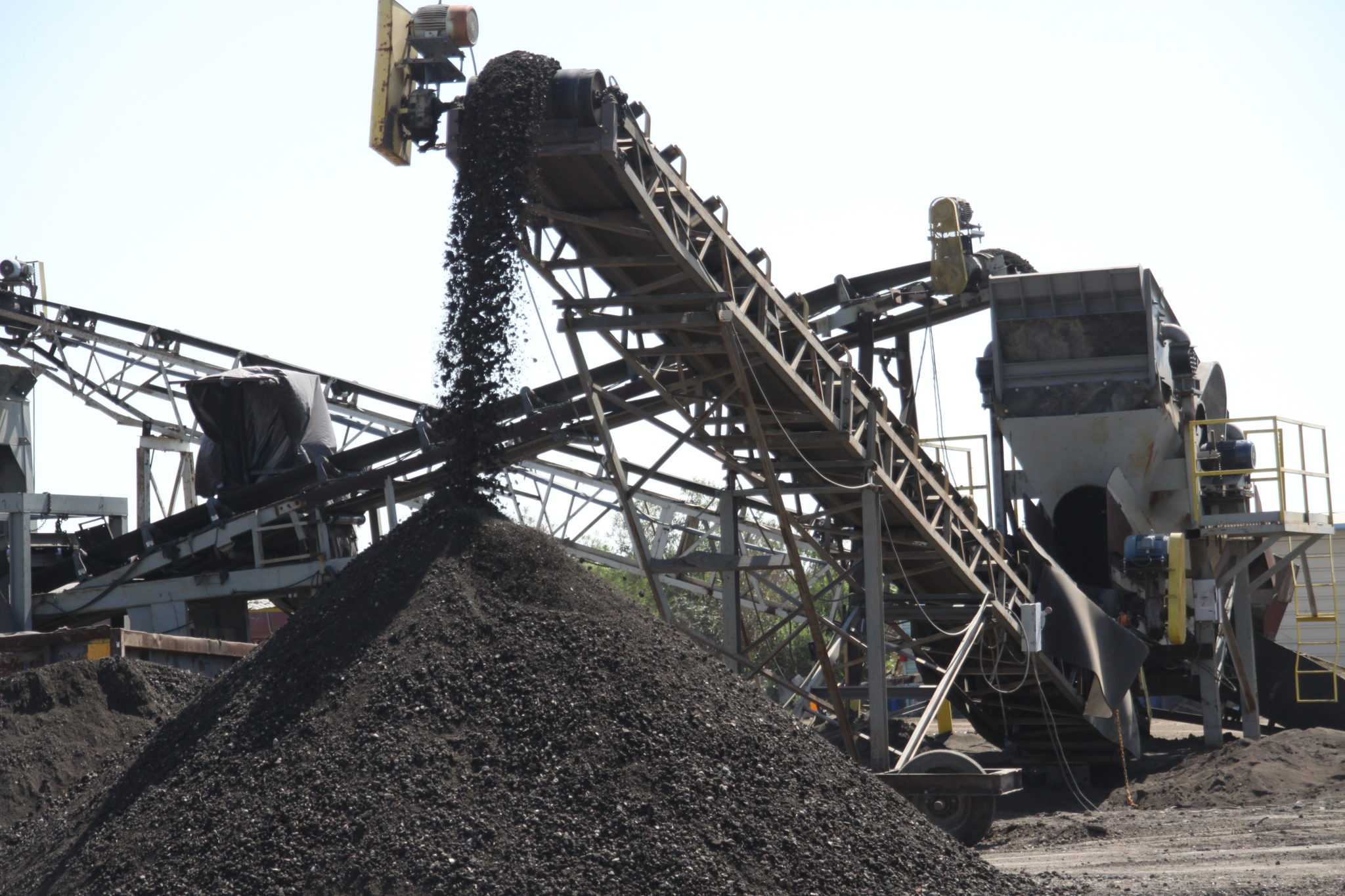Rosco Manufacturing has a rich history of pioneering innovation in the construction industry. With a legacy that spans decades, they have consistently pushed the boundaries of what is possible, revolutionizing the way construction projects are approached and executed.
From their humble beginnings to their current position as an industry leader, Rosco Manufacturing has continuously evolved and adapted to meet the ever-changing demands of the construction market. Their commitment to innovation is evident in their diverse range of products and services, which are designed to address the unique challenges faced by construction professionals.
With a focus on quality and durability, Rosco Manufacturing’s products are renowned for their reliability and performance. Whether it’s their cutting-edge construction materials or their state-of-the-art equipment, their offerings are tailored to enhance efficiency and productivity on the job site.
But Rosco Manufacturing’s impact goes beyond its products. They have played a pivotal role in shaping the construction industry through their research and development initiatives, collaborating with industry experts to drive advancements and improve construction practices.
In a rapidly evolving world, Rosco Manufacturing remains at the forefront of innovation, pushing boundaries and redefining what is possible in the construction industry. Their legacy of innovation continues to inspire and empower construction professionals worldwide, setting new standards for excellence and shaping the future of construction.
Rosco’s Early Years
Founded in 1920, Rosco quickly established itself as a trailblazer in the construction industry. With a vision to transform the way buildings were constructed and set new benchmarks for quality and innovation, Rosco embarked on a remarkable journey of excellence.
Pioneering the use of steel reinforcement in concrete, Rosco revolutionized the construction landscape. Their groundbreaking approach, combining the strength of steel with the versatility of concrete, ensured unparalleled structural integrity and durability in every building they constructed. From towering skyscrapers to intricate architectural wonders, Rosco’s structures stood the test of time, becoming iconic symbols of engineering marvels.
Driven by an unwavering commitment to innovation, Rosco continued to push the boundaries of construction technology. They developed a range of cutting-edge construction products that not only improved efficiency but also contributed to a greener and more sustainable future. From advanced building materials that enhanced energy efficiency to eco-friendly solutions that minimized environmental impact, Rosco’s products set new industry standards and paved the way for a more sustainable built environment.
As Rosco’s reputation grew, so did its influence in the construction industry. Their expertise and meticulous attention to detail made them the go-to choice for architects, builders, and developers seeking excellence in construction. With each new project, Rosco’s team of skilled professionals demonstrated their commitment to delivering outstanding craftsmanship and ensuring customer satisfaction.
Today, Rosco’s legacy as a construction pioneer continues to inspire the industry. Their early years laid the foundation for a company that remains at the forefront of innovation, constantly pushing boundaries and shaping the future of construction. With a rich history of transformative projects and a dedication to excellence, Rosco is recognized as an industry leader, leaving an indelible impact on the built environment and setting new benchmarks for quality and innovation.
Rosco’s Growth and Expansion
Rosco, a renowned company in the construction industry, has achieved remarkable success through its strategic acquisition of several other companies. This calculated move has not only expanded its presence but also strengthened its market position.
With an unwavering commitment to excellence and a relentless pursuit of innovation, Rosco has emerged as a recognized global leader. Its dedication to delivering exceptional quality in every project has earned it a reputation for excellence that surpasses industry standards.
Driven by a core pursuit of the best results, Rosco continues to shape the future of the construction industry. Through its innovative approaches and dynamic strategies, it is driving growth in new and exciting ways that are revolutionizing the market. By staying ahead of the curve and embracing cutting-edge technologies, Rosco is redefining what it means to be a leader in the industry.
In conclusion, Rosco’s success in the construction industry is a result of its strategic acquisitions, unwavering commitment to excellence, innovative approaches, and dedication to sustainability and community engagement. With its visionary leadership and forward-thinking mindset, Rosco is shaping the future of the industry and setting new benchmarks for success.
Rosco’s Impact on the Construction Industry
Rosco has played a pivotal and transformative role in revolutionizing the construction industry. Through its unwavering dedication to research and development, Rosco has introduced groundbreaking innovations that have not only enhanced safety and efficiency but also redefined the very essence of construction projects.
With an unyielding commitment to excellence, Rosco has continuously pushed the boundaries of what is possible in the construction industry. By embracing cutting-edge technologies and pioneering new techniques, Rosco has reshaped the way buildings and infrastructure are constructed, setting new standards of quality, durability, and sustainability.
The impact of Rosco’s contributions on the built environment is profound and far-reaching. Structures built with Rosco’s methods exhibit superior resilience and longevity, ensuring a lasting legacy of excellence in construction practices. Moreover, Rosco’s innovative approaches have raised the overall standards of the construction industry, influencing and inspiring industry professionals to strive for greater efficiency and excellence.
Beyond its technical achievements, Rosco’s commitment to innovation and continuous improvement has earned it a well-deserved reputation as a trailblazer and a driving force behind the advancement of the construction industry. With its visionary leadership and relentless pursuit of excellence, Rosco continues to shape the future of construction, leaving an indelible mark on the industry that will be felt for generations to come.
Rosco’s Legacy
With an unwavering commitment to continuous innovation and sustainable growth, Rosco has firmly established itself as a leading supplier of high-quality construction products and services. Drawing on a century of invaluable experience, Rosco has consistently delivered exceptional solutions to meet the ever-evolving and complex needs of the industry.
Since its inception in 1920, Rosco has embraced a culture of excellence, dedication, and relentless pursuit of success. Over the past 100 years, the company has overcome numerous challenges and celebrated countless milestones, all while maintaining an unwavering focus on customer satisfaction and industry leadership.
From pioneering groundbreaking technologies to implementing cutting-edge manufacturing processes, Rosco has continuously pushed the boundaries of innovation to stay at the forefront of the construction industry. The company’s commitment to research and development has resulted in a diverse portfolio of products that not only meet the highest standards of quality but also prioritize sustainability and environmental responsibility.
As Rosco proudly commemorates its remarkable 100th anniversary in 2020, it reflects on a century of resilience, adaptability, and unwavering dedication to its customers. With a strong foundation built on a century of excellence, Rosco looks forward to the future with excitement and anticipation, confident in its ability to continue shaping the industry and delivering exceptional value to its clients.
Rosco’s legacy is one of continuous improvement, innovation, and a relentless pursuit of excellence. With a century of experience behind it, the company remains steadfast in its mission to provide industry-leading solutions and be a trusted partner for construction projects of all scales.
Conclusion
Rosco Manufacturing, with its rich history spanning several decades, has consistently been at the forefront of innovation in the construction industry. Throughout the years, the company has demonstrated an unwavering commitment to excellence, resulting in the development of numerous groundbreaking products and services that have revolutionized the way construction projects are executed.
Through its relentless pursuit of innovation, Rosco has not only introduced cutting-edge solutions but also significantly elevated safety standards, improved operational efficiency, and made substantial contributions to the overall sustainability of the built environment. By incorporating advanced technologies and sustainable practices into its offerings, Rosco has successfully positioned itself as a leader in the market, continuously pushing the boundaries of what is possible in the construction industry.
With an enduring legacy built on a foundation of innovation, Rosco continues to be a trusted and sought-after supplier of high-quality construction products and services. Their dedication to excellence and their ability to adapt to the ever-evolving needs of the industry have left an indelible mark, shaping the future of construction and inspiring others to follow in their footsteps.
In conclusion, Rosco Manufacturing’s commitment to innovation and its relentless pursuit of excellence have solidified its position as a pioneering force in the construction industry. Their groundbreaking products, dedication to safety, efficiency, and sustainability, and their enduring legacy make them a true industry leader.













